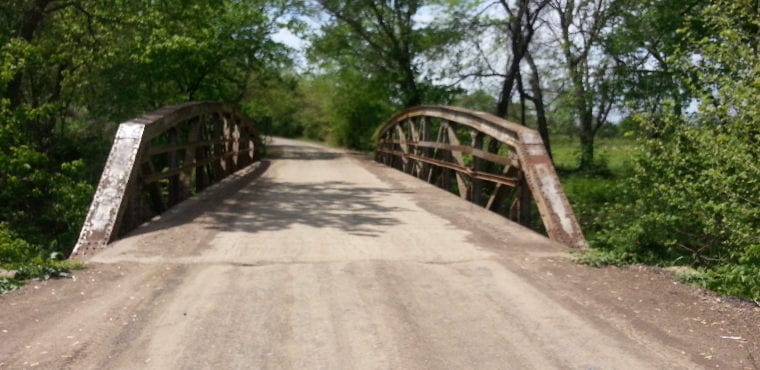By Dr. Curtis Varnell
Always dusty, the road seemed to stretch forever as my cousins and I walked down the old dirt road to the highway and Midway store. Little did we realize we were walking history every time we traveled on the “Old Military Road?”
Finished in 1836, the road connected Dardanelle to Fort Gibson, Ok. while running through Paris, Charleston, Lavaca, and Fort Smith. Originally it was built to assist the military in moving supplies and men as needed into Indian Territory. General Arbuckle and his men mapped out part of the road, at least as far as Fort Smith, and his men were given the task of constructing that portion of the road. The general felt he had other duties to complete but, after a year’s delay, he began his portion of the road in 1826.
The road from Fort Smith on to Dardanelle and then to Little Rock was let out by contract. The proposal was to let out the contract in five mile segments to private individuals to construct the road. It was interesting to note that the road would be 16 foot wide and cleared of stumps down to the height of one foot, the distance required for a wagon axle to pass without incident. Bridges were to be constructed at Short Mountain Creek, Six mile Creek, and Big Creek at a total cost of $750 total. It is interesting locally to note that Thomas Hixson contracted twenty miles of the road at a total cost of $140 and Henry Stinnett contracted one section at $40; his no doubt that at Stinnett’s station near Delaware.
Over the years, the road became a major thoroughfare for traffic and numerous famous people travelled west crossing the same sand and rock over which I walked. From early summer to late fall, the river was shallow and no steamboats could travel further than Dardanelle. Those exiting at Dardanelle port would catch a stage or wagon over the old road. Famous travelers included Davy Crocket, Sam Houston, George Catlin, and Washington Irving. In 1835, even before the road was completed, Jefferson Davis, the future president of the confederacy, brought a group of Cherokee, Choctaw, and Creek up the road on the way to the reservations in the west.
During the 1850’s, the Butterfield stage made stops along its length at Stinnett’s Station, Shoal Creek, Moffet’s Station (Paris), Charleston, and at Lavaca before meeting the north branch of the system on front street in Fort Smith.
On September 27, 1863, General Jo Shelby led a contingent of 800 men along the road from Shoal Creek to near Paris. Four or five abreast with twelve wagons and two cannon, the column would have stretched nearly a mile. Meeting 200 men of the first Arkansas Infantry union, the battle of Haguewood Prairie ensued.
A grand old road, a grand part of the history of western Arkansas, parts of the military road wind along with and just north of today’s highway 22. Who would have dreamed that while walking along the old dirt road???







